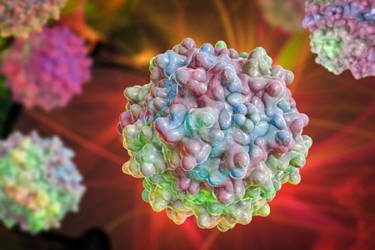Unlocking Flexible AAV Production: 3PBIOVIAN's In-House Plasmids And Manufacturing Capacity
By Artur Padzik, Ph.D., AAV Technology Manager at 3PBIOVIAN

As gene therapy continues to advance rapidly, adeno-associated virus (AAV) vectors have become the leading tool for delivering therapeutic genes to target cells. AAV production primarily relies on three methods: transient transfection, baculovirus infection of insect Sf9 cells, and stable producer cell lines. Among these, transient transfection using HEK293 cells remains the preferred approach due to its fast development cycle, strong productivity, scalability with consistent outcomes, and established regulatory track record.
A key factor in successful AAV vector production is the quality and efficiency of the plasmids used. However, the high cost of plasmid DNA poses a significant challenge to the transient transfection process.
This is where 3PBIOVIAN brings a distinct advantage. With deep expertise in AAV plasmid development and robust in-house, high-yield manufacturing, our capabilities are integrated into the DoE-optimized AAVion® platform. In this article, we’ll explore the foundation of 3PBIOVIAN’s plasmid manufacturing, and how our approach enables AAV programs to control production costs without compromising productivity.
Get unlimited access to:
Enter your credentials below to log in. Not yet a member of Cell & Gene? Subscribe today.
